The olive tree is considered to be one of the most ancient trees deeply rooted in Syria's geography, history, and tradition. Because of the country's Mediterranean climate, mountainous soil, and most importantly the love of Mediterraneans for it and its oil, this centuries-old tree has become an authentic component of the green map along the slopes of the coastal mountains.
In Syria, the olive harvest season is an ancient heritage that dates back to the days of the Kingdom of Ugarit, where its drawings, archaeological jars and artifacts indicate that oil was part of mutual trade with neighboring countries, due to its fame that extends to the present day. Syria ranked seventh in the world in its olive oil production in 2018, while it used to rank fourth in the world before the outbreak of the war, with an estimated production of 200,000 tons per year.
The families along the Syrian coast live through the harvest season like it's a festive ritual. The preparation of this age-old ritual takes place with the end of the summer and the ripening of these blessed fruits, through cultivating their lands, pruning the branches, and clearing the trunks, along with removing weeds, and of course the practice of "assasa" (as it's called in some areas of the northwest), or the periodic watering of trees in anticipation of a bountiful season, especially if it follows what is popularly known as "April rain".
The entire year's livelihood
Olives are a main source of livelihood for their owners, whether to secure the year's supplies of oil and pickled olives, or to sell them and make a part of the family's income. In addition to the aforementioned are its therapeutic benefits, which are handed down in folk recipes, and the use of the leftover substance after they're pressed (called "arjoum") in the manufacturing of soap, or converting it into household fuel used for heating in the winter in what is known as "birin" or "tamz".
Since ancient times, the harvest season for farmers has been linked to marriage plans, the completion of the construction of someone's house, postponed travel, paying off debt, or to cover the winter expenses.
Since ancient times, the harvest season for farmers has been linked to marriage plans, the completion of the construction of someone's house, postponed travel, paying off debt, or to cover the winter expenses.
Ahmed, a 40-year-old farmer, says that the main obstacles are currently manifested in the "diesel" fuel crisis required for necessary things like plowing the land, in addition to the high prices of organic and industrial fertilizers and necessary pesticides, and the high transportation fees. In general, the high production costs affect the economic return.
He tells Raseef22, "The price of a tin of oil has exceeded 200 thousand Syrian pounds, equivalent to $50 US dollars, this year, and therefore most people were unable to buy it, forcing the average farmer to sell a good part of his harvest season to cover what he had paid to take care of his land, and therefore many of them ended up just barely breaking even after the oil and olive harvest".
When asked about the production of the current season, he confirmed that it was excellent, especially since the weather in the region this year was hot during the day and cold at night, which made the olives ripen well and raised the percentage of oil, as it exceeded 20% per 100 kilos of olives, which is an excellent percentage compared to the previous season, which did not exceed 13%.
Those who do not own land resort to what is locally known as "ta'feer", which includes searching in the vineyards and olive groves that have already been recently harvested. The process involves a painstaking search for those orphan olives that have fallen to the ground or the few that have remained on the trees found in the groves surrounding country houses.
A packed lunch, a harvesting net, and a tree comb
At the end of September and the beginning of October, after the first rainfall, everyone prepares for the harvest by readying nets and sheets of fabric to be placed under the trees in order to collect the fallen olives from the trees.
At dawn, people go to what is known as "al-nafa'h" workshops, bringing with them a packed lunch often consisting of boiled potatoes, bread, water, tomatoes, cucumbers and tea that has been boiled on firewood. The group is headed by a person called the "shawish", who is often the owner of the land himself.
Those who do not own land resort to what is locally known as "ta'feer", which includes a painstaking search in the vineyards and olive groves that have already been harvested, for orphan olives that have fallen to the ground or the few that have remained on trees
Rana, 30, describes the process to Raseef22, "Each group of five people works on one line of trees called a 'swarm'. We start working by laying down the harvesting nets and sheets around the trees, and setting up iron ladders at the edges of the trees to reach the high olives. We use sticks to lightly strike the branches with, in a way that does not harm them, or by using plastic combs, which we pass between the branches, while there are those who work to pick up the fallen olives on the ground. With the completion of each tree, we collect the olives, and put them in special bags."
At midday, everyone takes a break — which is often for half an hour — where they gather to eat. Rana describes the usual prevailing mood as pleasant, fun and entertaining, where people exchange stories, news, jokes, and gossip, and sometimes the atmosphere turns to singing and music to pass the time and fatigue. The elderly, meanwhile, would be busy picking low, drooping branches or collecting the "al-atoun", which are the black olives.
Pressing the olives
There are many types of olive trees in Syria, and perhaps the "Sourani" is the most famous in the coast, as is the "Abu Shoka" tree, whose olives are distinguished by their sharp heads and being rich in oil.
Rana describes the usual prevailing mood as pleasant, fun and entertaining, where people exchange stories, news, jokes, and gossip, and sometimes the atmosphere turns to singing and music to pass the time and fatigue.
Ghanem, 40, the owner of an olive oil press (mill), tells Raseef22 about the difference in the methods of pressing, old and modern. In the past, the "calve" method was used, which consisted of two large stone cylinders connected to an axle pulled by a calve. Here, the olives can only be milled to a certain degree, resulting in 20% of the oil being wasted.
Modern mills rely on fully automated methods, making them cleaner and less wasteful. With a spin rotation of 4,700 rpm (revolutions per minute) and their reliance on centrifugation, 98% of the oil is extracted from each olive.
Agricultural offices have set the price of pressing a kilo of olives at 200 Syrian pounds, or $0.079 dollars, if the "arjoum" was left in the mill. While it costs a little more in case the owner of the harvest wants to keep the remnants of the press.
Despite the use of modern technologies, these days are not without skirmishes and accusations of fraud, between crop owners and mill owners. It sometimes even develops into rumors that "a hidden pipe might be connected to the basin where the oil collects after the end of the pressing process, and it leads to a hole that has been prepared in advance by the owner of the press to steal a portion of the oil without the knowledge of the farmers."
One would often find olive tree owners standing with a loaf of hot bread that the little ones have just brought in, to taste the first squeeze with its bitter and sharp taste, or to compete, tease, and joke over whose "oil is the best of the year".
The most famous type of oil in the region is known as the "al-kharrij", and is mostly attributed to the coastal region, specifically Jableh. Despite seasonal warnings by agriculture offices for its high acidity rising to 5% — 2% above that allowed by the World Health Organization — it remains preferred and desirable.
Bon appetit!
One of the activities linked to the harvest is the preparations made by housewives to make "pickled olives", which is an almost mandatory item on the Syrian table during breakfast and dinner, or what is known as "nawashif", and is not complete without a cup of hot tea.
One would often find olive tree owners standing with a loaf of hot bread that the little ones have just brought in, to taste the first squeeze with its bitter and sharp taste, or to compete, joke, and "tease" over whose "oil is the best of the year"
Umm Ali, a 50-year-old housewife, tells Raseef22 about how to prepare the famous pickles. According to her recipe, they are first cracked (ground) with a small mallet or a stone, then they are placed in a medium-sized saucepan and completely submerged in water for seven days, during which their water is periodically changed until the bitter taste is completely eliminated.
After that, the olives are drained from the water and set aside, then are placed in large jars and containers with salt, lemon salt, and water. And finally, some olive oil is added and they are left for two weeks until they are ready to be eaten. Here, Umm Ali smiles and, in her distinctive accent, simply says, "And bon appetit!".
Raseef22 is a not for profit entity. Our focus is on quality journalism. Every contribution to the NasRaseef membership goes directly towards journalism production. We stand independent, not accepting corporate sponsorships, sponsored content or political funding.
Support our mission to keep Raseef22 available to all readers by clicking here!
Interested in writing with us? Check our pitch process here!
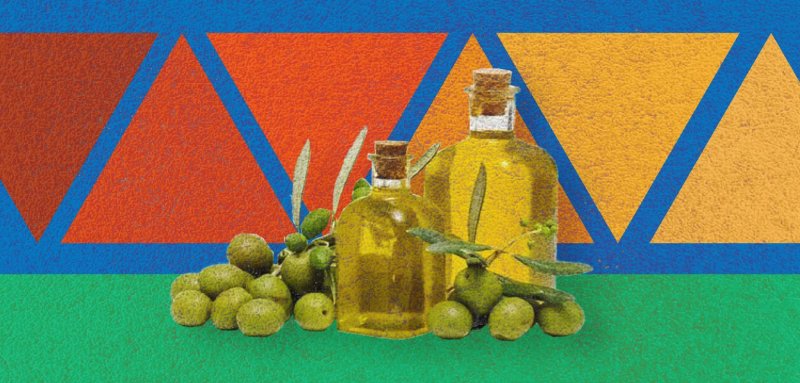
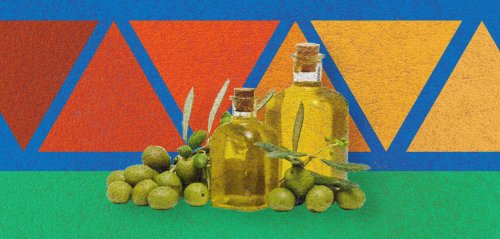
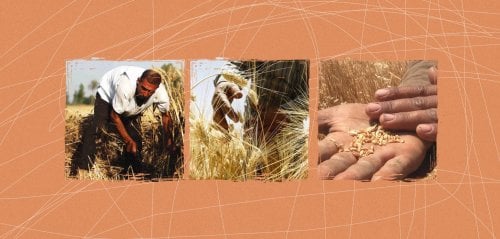
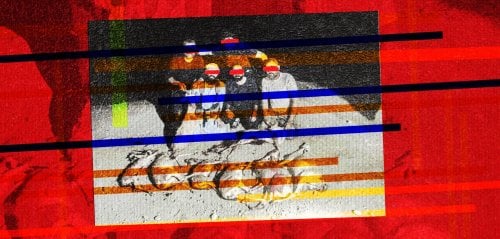
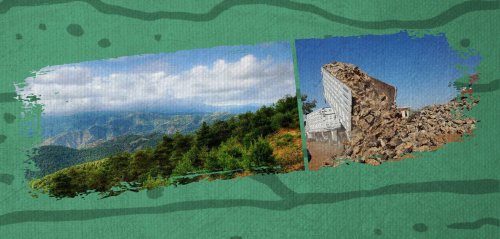



Join the Conversation
ذوالفقار عباس -
55 minutes agoا
Hossam Sami -
1 hour agoصعود "أحزاب اليمين" نتيجة طبيعية جداً لرفض البعض; وعددهم ليس بالقليل أبداً. لفكرة الإندماج بل...
Anonymous user -
1 day agoرائع و عظيم ..
جيسيكا ملو فالنتاين -
5 days agoزاوية الموضوع لطيفة وتستحق التفكير إلا أنك حجبت عن المرأة أدوارا مهمة تلعبها في العائلة والمجتمع...
Bosaina Sharba -
1 week agoحلو الAudio
شكرا لالكن
رومان حداد -
1 week agoالتحليل عميق، رغم بساطته، شفاف كروح وممتلء كعقل، سأشاهد الفيلم ولكن ما أخشاه أن يكون التحليل أعمق...